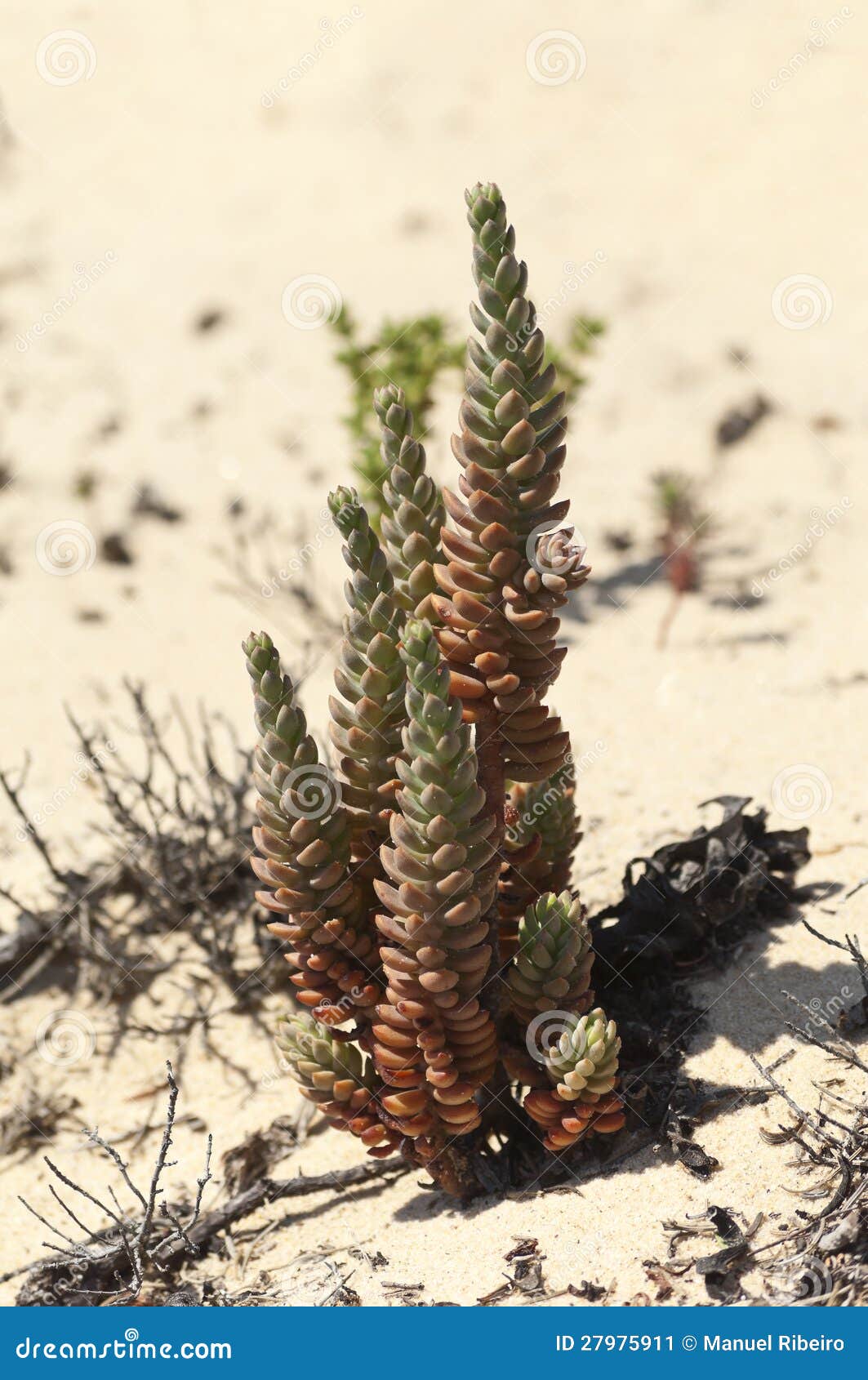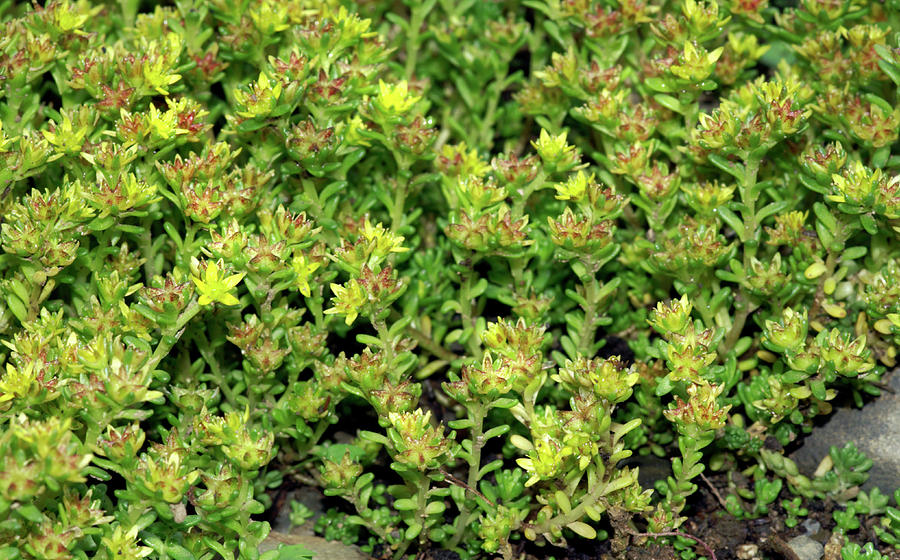Pale Stonecrop
Pale stonecrop, also known as Sedum Sediforme, is a small, perennial succulent plant that grows in rocky areas. Its pale green leaves, star-shaped yellow flowers, and hardy nature make it a popular choice for gardens and landscaping. But pale stonecrop offers more than just aesthetic value.
Pain Points of Pale Stonecrop
If you're someone who struggles to keep plants alive, pale stonecrop is the perfect choice for you. This hardy succulent requires minimal care and attention, making it ideal for busy individuals or those without a green thumb. Additionally, if you live in an area with poor soil quality, pale stonecrop can thrive in rocky and barren landscapes.
Target of Pale Stonecrop
The target of pale stonecrop is anyone looking for a low-maintenance, drought-tolerant plant that adds visual interest to their garden or landscaping. Its tolerance for rocky soil and harsh weather conditions make it a versatile choice for various environments.
Summary of Main Points
In summary, pale stonecrop is a hardy and visually appealing succulent that requires little maintenance. It's perfect for those who struggle to keep plants alive and can thrive in harsh environmental conditions.
Pale Stonecrop and Its Benefits
Personally, I've had great success with pale stonecrop in my own garden. Its low-maintenance nature and tolerance for dry weather have made it an ideal choice for my busy lifestyle. Additionally, its unique appearance has added visual interest to my garden and has even attracted new pollinators to the area.

But pale stonecrop offers more than just aesthetic value. This succulent has antibacterial and anti-inflammatory properties, making it a valuable plant for medicinal purposes. Its extracts have been used to treat skin conditions and as an anti-inflammatory agent for sore muscles and joints.
The Growing Process
In order to grow pale stonecrop successfully, it's important to choose the right location and soil. This succulent prefers well-drained, rocky soil and full sun exposure. It's important not to over-water pale stonecrop, as it prefers drier conditions.

Propagation of pale stonecrop can be done by taking stem cuttings or dividing mature plants. It's important to avoid over-watering during the propagation process to prevent root rot. Once established, pale stonecrop requires minimal maintenance and can grow up to 6 inches in height.
The Medicinal Uses of Pale Stonecrop
Pale stonecrop has been used for medicinal purposes for centuries. Its antibacterial and anti-inflammatory properties make it a valuable treatment for skin conditions such as cuts, burns, and insect bites. Additionally, its extracts have been used as a natural pain relief for sore joints and muscles.

Pale Stonecrop in Folklore
In medieval times, pale stonecrop was known as "Welcome Home Husband" due to its perceived ability to keep men faithful. Women would plant the succulent near their homes and husbands would supposedly be drawn back to their wives after long travels.
Question and Answer
Q: How often should I water pale stonecrop?
A: Pale stonecrop prefers dry to medium moisture levels. It's important not to over-water, as this can cause root rot. Water when the soil is dry to the touch.
Q: Can pale stonecrop grow indoors?
A: Pale stonecrop prefers full sun exposure and well-drained soil. While it can tolerate indoor conditions, it's important to provide adequate sunlight and ensure proper drainage to prevent root rot.
Q: Can pale stonecrop be used for cooking?
A: While pale stonecrop has a bitter taste, it can be used as a garnish for salads and other dishes. Its antibacterial properties make it a valuable addition to your diet.
Q: Can pale stonecrop survive in cold weather?
A: Pale stonecrop is hardy and can survive in temperatures as low as -30 degrees Fahrenheit. However, it's important to ensure proper drainage to prevent root rot during thaw cycles.
Conclusion
Pale stonecrop is a hardy and low-maintenance succulent that adds visual interest to any garden or landscaping project. Its antibacterial and anti-inflammatory properties make it a valuable plant for medicinal purposes, and its unique appearance has been appreciated for centuries. Whether you're an experienced gardener or a beginner, pale stonecrop is a great choice for anyone looking for a versatile and aesthetically pleasing plant.
Gallery
Pale Stonecrop Stock Image. Image Of Semprevivum, Botany - 27975911

Photo Credit by: bing.com / pale stonecrop
Pale Stonecrop (Sedum Sediforme), Portugal Stock Photo | Stock Photos

Photo Credit by: bing.com / stonecrop sedum
Photo Of The Leaves Of Pale Stonecrop (Petrosedum Sediforme 'Turquoise

Photo Credit by: bing.com /
Pale Stonecrop (sedum Alpestre) Photograph By Brian Gadsby/science

Photo Credit by: bing.com / brian library pale sedum stonecrop alpestre gadsby science photograph succulent 16th uploaded september which
Pale Stonecrop
Photo Credit by: bing.com / flowers stonecrop pale
0 Response to "Pale Stonecrop"
Post a Comment